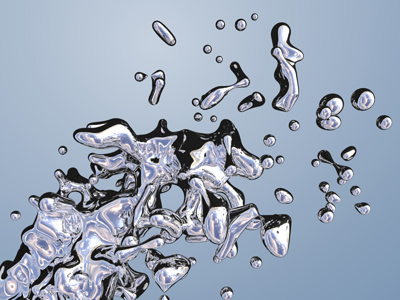
Physics - The Kinetic Theory of Matter
This Physics quiz is called 'Physics - The Kinetic Theory of Matter' and it has been written by teachers to help you if you are studying the subject at senior high school. Playing educational quizzes is one of the most efficienct ways to learn if you are in the 11th or 12th grade - aged 16 to 18.
It costs only $12.50 per month to play this quiz and over 3,500 others that help you with your school work. You can subscribe on the page at Join Us
The kinetic theory of matter is one of the models that scientists use to help them to make sense of the world around them. The word kinetic always suggests something is moving and this theory is about the movement of particles in solids, liquids and gasses. Particles transfer heat energy into kinetic energy. The kinetic theory can explain many properties of the three states of matter and is related to the amount of thermal energy distributed through the particles of an object. The particles in solids, liquids and gasses have different amounts of energy, are arranged differently and move differently too.
Ready for more?
not all...
quizzers. Try to win a coveted spot on our Hall of Fame Page.







